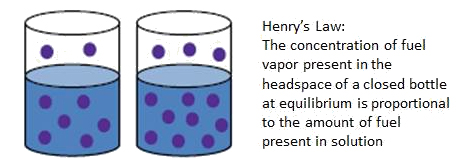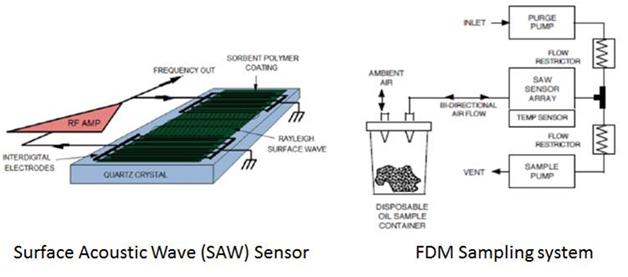Q6000- Fuel Dilution Meter
Spectro Scientific USA
Quick Enquiry
Q6000- Fuel Dilution Meter
FDM Q6000 Series fuel dilution meter directly measures the percentage of fuel dilution in engine oil

Highlights
The Q6000 FDM is a portable, battery operated fuel dilution meter that determines the concentration of fuel dilution present in an oil sample within a matter of minutes. The Q6000 FDM uses a unique patent pending fang design to pierce the cap of a disposable sample vial and draws in the headspace from the vial. The headspace flows over a SAW (Surface Acoustic Wave) sensor which reacts specifically to the presence of fuel vapor with a detection range of 0 – 15%. It can detect diesel, gasoline or jet fuel in engine oil. It conforms to ASTM D8004 – “Standard Test Method for Fuel Dilution of In-Service Lubricants Using Surface Acoustic Wave Sensing”

Fuel dilution meters employ a Surface Acoustic Wave (SAW) vapor sensor to measure the concentration of fuel in used oil samples by sampling the “headspace” in a vial or bottle. The device assumes (based on Henry’s Law) that the fuel concentration in the headspace vapor is directly related to the fuel present in the oil sample. A SAW sensor consists of a piezoelectric substrate that has an interdigitated electrode lithographically patterned on its surface. The surface of the SAW sensor has a polymer coating that is chosen to offer specific solubility to fuel vapors. The mechanism of detection is a reversible absorption of the fuel component into the polymer.

When fuel contamination comes in contact with the SAW sensor surface it will absorb into the polymer coating. This absorption into the polymer causes a mass change which produces a corresponding change in the amplitude and velocity of the surface wave. When used in a self-resonant oscillator circuit, the change in Rayleigh wave velocity resulting from vapor absorption into the polymer coating causes a corresponding change in oscillator frequency. This change in frequency is the basis of detection.
The FDM uses one point user calibration to calibrate the system to specific fuel/oil matrix and environmental temperature. Since fuel vapor concentration varies with environmental and sample temperature it is recommended that the FDM is calibrated with a reference sample when room temperature varies by a few degrees. It is always the best practice to calibrate the FDM at the same room temperature when the samples are run. The reference can be standard oil with known fuel dilution purchased from Spectro Scientific, or a sample mixed up with known concentration of fuel by user. Calibration can be stored for future use.
Features & Benefits
Conforms to ASTM D8004 – “Standard Test Method for Fuel Dilution of In-Service Lubricants Using Surface Acoustic Wave Sensing”
- Direct fuel dilution measurement with 0.2 to 15% fuel dilution range
- Innovative headspace sampling fang design ensures excellent repeatability (<= 5% RSD)
- Disposable FDM vials eliminate carryover contamination
Small sample volume – only 0.5ml of oil used
Fast – it takes only one minute - Onboard memory allows use of up to three stored calibration profiles
Sample ID entry and data file export via USB cable - Battery powered, lightweight, optional hard case for transit
Audio prompt feature guides operators through testing
Model Comparison


